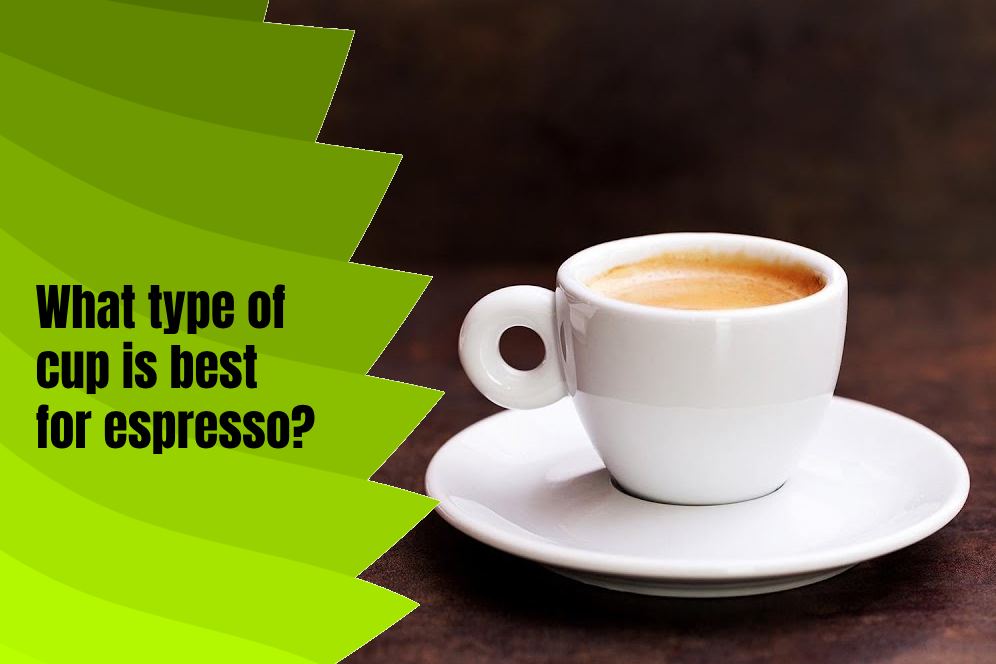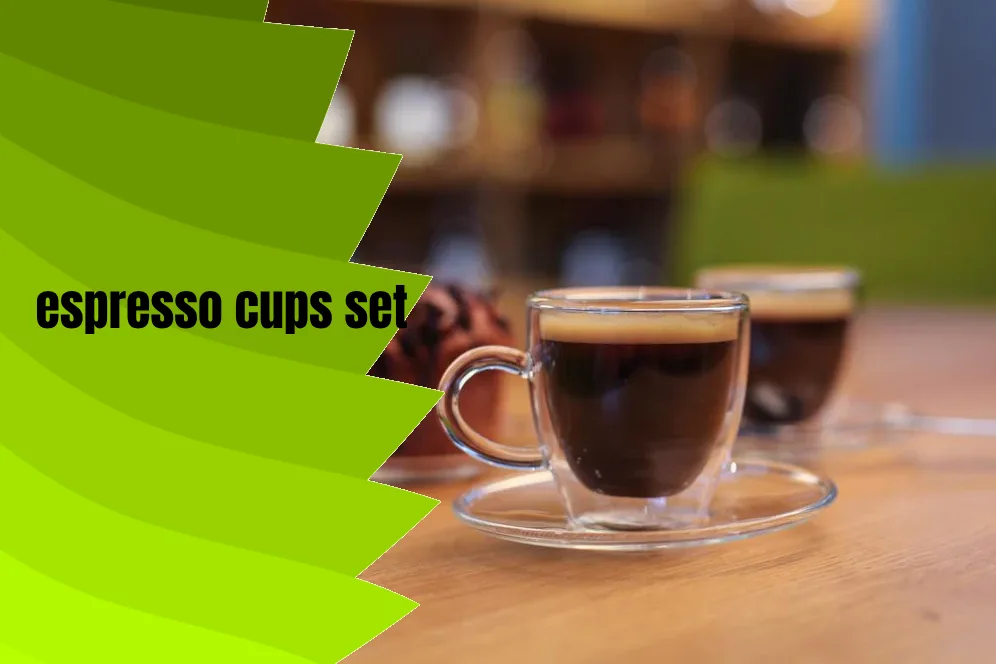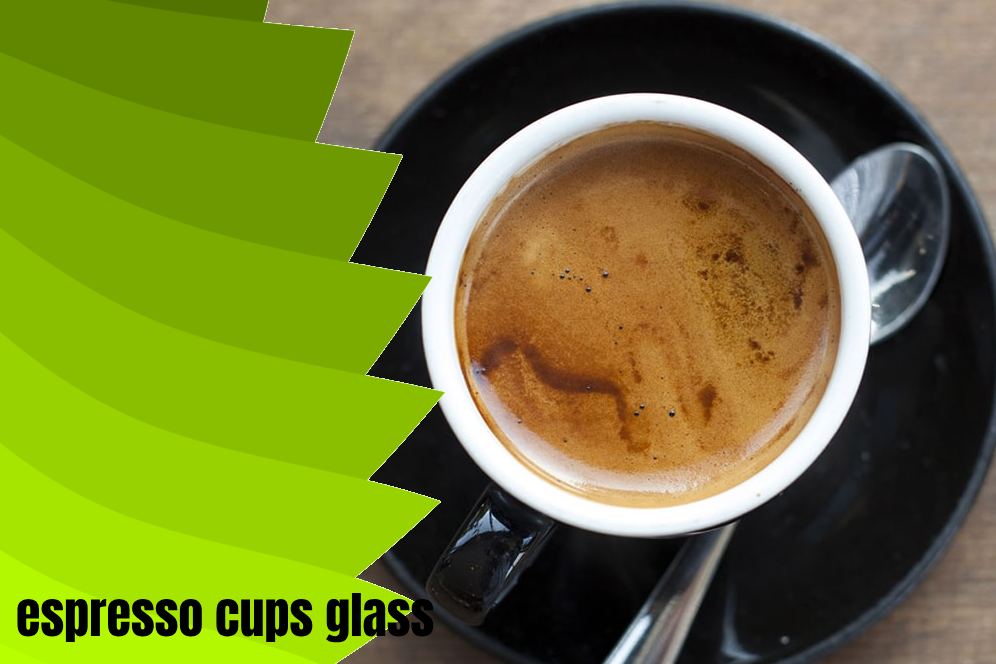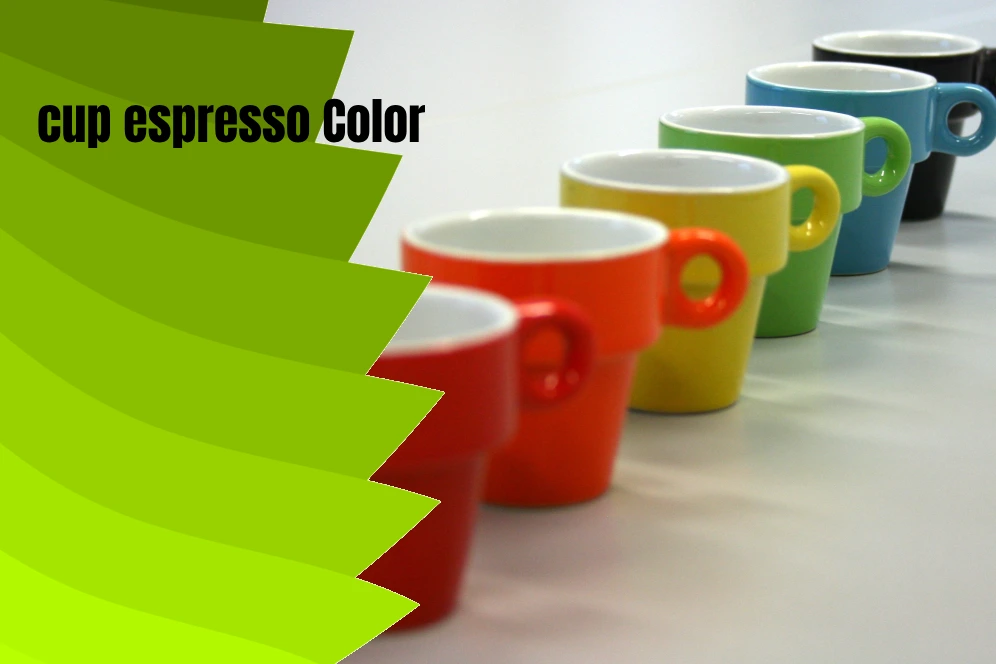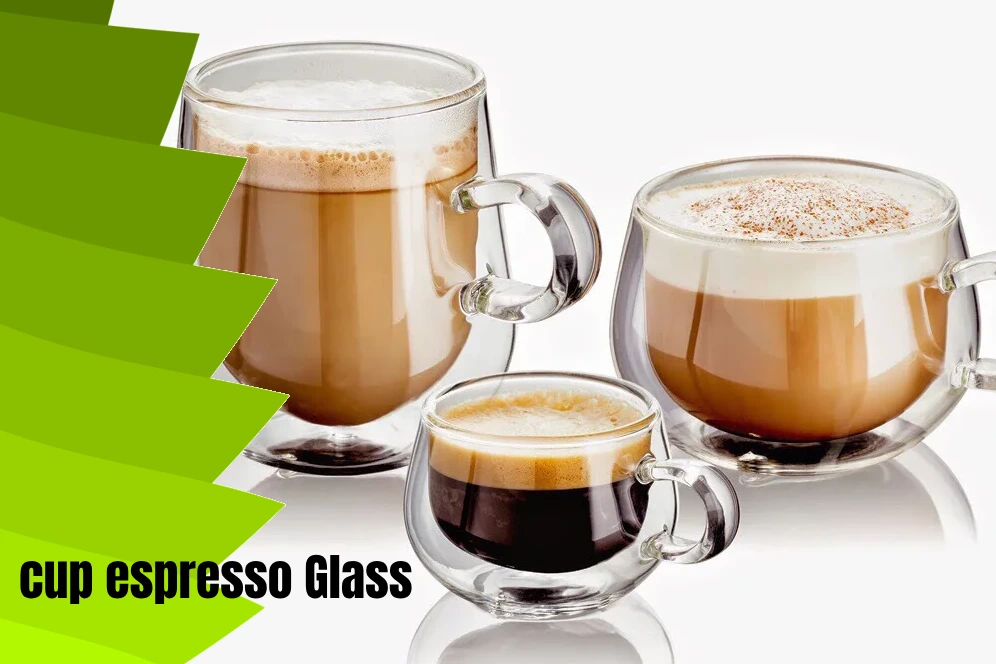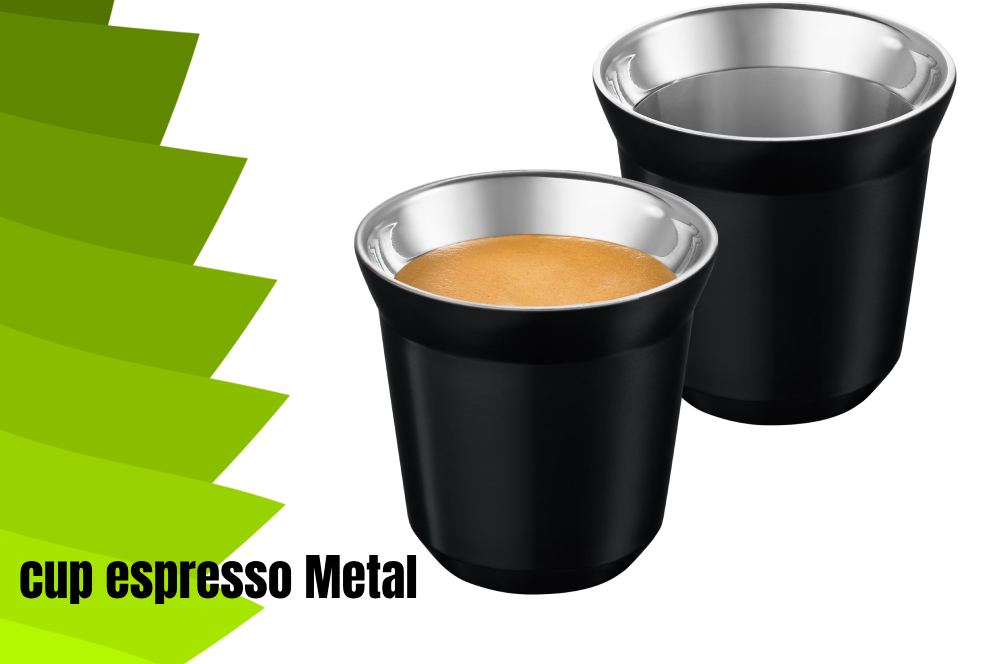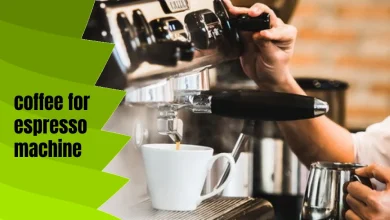What Type of Cup is Best For Espresso?
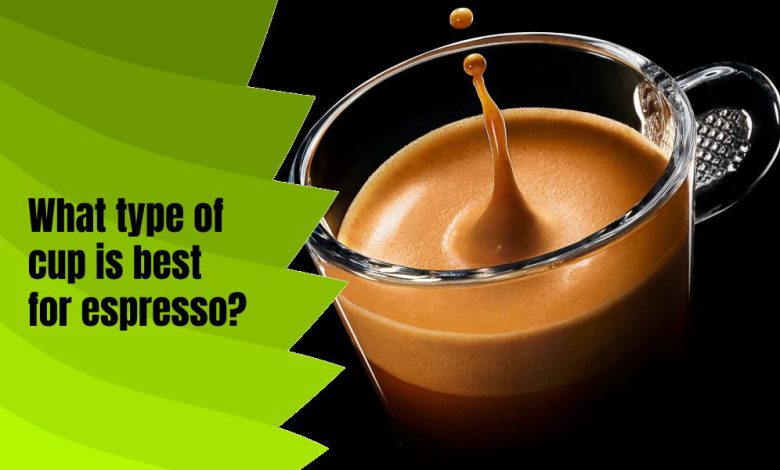
Espresso cup. It’s not just a vessel to pour golden coffee into. It’s like a wine glass – but for coffee: aroma enhancer, taste purifier, temperature regulator. So, it has many functions and significantly influences the taste of espresso, and your espresso cups should also be beautiful.
Yes, you can certainly write a whole text about it, because, for example, when talking about wine, no one argues that different glasses affect the taste of wine differently. And wine has 400 aromas, while coffee, only half of it, has about 800 aromas.
Espresso cups, in addition to preparing and the quality of the beans, play a crucial role in enjoying all the aromas of coffee. There is no one-size-fits-all answer to what makes the perfect cup. But here you will understand which properties of the espresso cup affect the taste of your espresso and how.
Contents
Cups suitable for serving espresso
Recently, glass or even metal espresso cups have been widely available. However, these are usually not a good choice as glass does not retain heat well. Additionally, it is said that this material distorts the taste of espresso and makes it bitter.
What features should an espresso cup have?
Size
Espresso is a small specialty coffee. Depending on the circumstances, 25 to 30 milliliters of liquid are poured into an espresso cup. Sometimes it’s 50 to 60 milliliters – when you need a double espresso or prefer a larger serving. That’s why most espresso cups have a capacity of 60 to a maximum of 90 milliliters.
This means there is enough space for a single or double espresso and the accompanying crema. Small espresso cups serve another purpose: espresso doesn’t cool down quickly, as it might in a large coffee cup. The practical idea behind this is that a small espresso cup, along with a scale, still fits under the portafilter of an espresso machine. A coffee cup or even a latte macchiato glass won’t fit. Moreover, your espresso might seem lost in a large cup.
Shape
From this point on, shape becomes very important, as the form is almost more crucial than the materials. For instance, wide espresso cups provide ample space for aroma, allowing them to produce many coffee scents. They are primarily suited for fruity coffees. Unfortunately, crema breaks down more quickly in wide cups.
On the other hand, narrow espresso cups are excellent for a good and firm crema but offer fewer aromas to the nose. They are especially suitable for chocolatey espressos.
The tulip-shaped espresso cup, a combination of wide and narrow, is suitable for all types of espresso. Square cups are more of a design choice and don’t offer any specific advantages for the taste experience. Here, it’s also worth mentioning the base shape of the cup. It should be thick to retain heat, and depending on its shape, it can mix the espresso well when pouring. Otherwise, don’t forget to stir before drinking.
Color
Let’s put it this way: color is a matter of personal preference, and essentially, it can be chosen freely. At least when we’re talking about the exterior of espresso cups. Inside – and you really should pay attention to this – the cup should always be white. Only then can you have a complete visual experience: the contrast between the white espresso cup and the brown coffee is much more appealing, and the hazelnut-colored crema with its dark and light reflections becomes distinct, meaning you are more engaged in the experience.
You should never choose a cup with a dark interior; otherwise, the beautiful color of the coffee and the visual experience in your dark espresso cup will be lost. Its taste also suffers to some extent: if you can’t distinguish the coffee well, you’re likely to appreciate its tasteless. The surface of espresso cups also plays a role. Rough surfaces make you feel a rough or gritty sensation in your mouth. So, it’s better to use very smooth espresso cups.
With or Without a Handle
Whether you choose an espresso cup with a handle or without one doesn’t play a significant role in enjoying your coffee. It’s important to be able to grip the handle with your index finger and thumb without any discomfort or touching the cup with your middle finger, as it might be very hot. Additionally, the handle should neither be too large nor too small; it should fit well on the espresso cup. With the handle-less version, the cup shouldn’t become too hot where you touch it.
Materials and Their Impact on Taste
Ceramic/China
Firstly, the distinction: while ceramic is primarily made from coarse earthenware, porcelain, the main component, is made from kaolin. Porcelain is also fired at higher temperatures. Generally, ceramic cups are usually thick, while china cups can be very thin. Thickness also determines taste as cups have different heat conductivities. Thin porcelain doesn’t insulate well, making espresso more acidic as it cools. Ceramic, being usually thicker, retains heat well and imparts less acidity to the espresso.
Glass
Glass espresso cups are aesthetically pleasing, providing a complete visual experience. You can see the espresso and crema in all its colors. Taste-wise, espressos in glass cups are more intricate, with acids coming through better.
Metal
Metal cups exist and are used, often coated with enamel. Practical for camping and on-the-go, but not the best for the taste of espresso. Metal cups, on one hand, quickly take too much heat from the espresso and, on the other hand, impart a metallic taste to the espresso, which is generally undesirable.
Paper Cups
Paper cups might often be seen on the go, but they are almost the worst choice for espresso. Here, espresso cools quickly, and instead of preserving the taste, a sticky residue taste remains in the mouth. Sustainability is also a concern: disposable paper cups generate a considerable amount of unnecessary waste.
